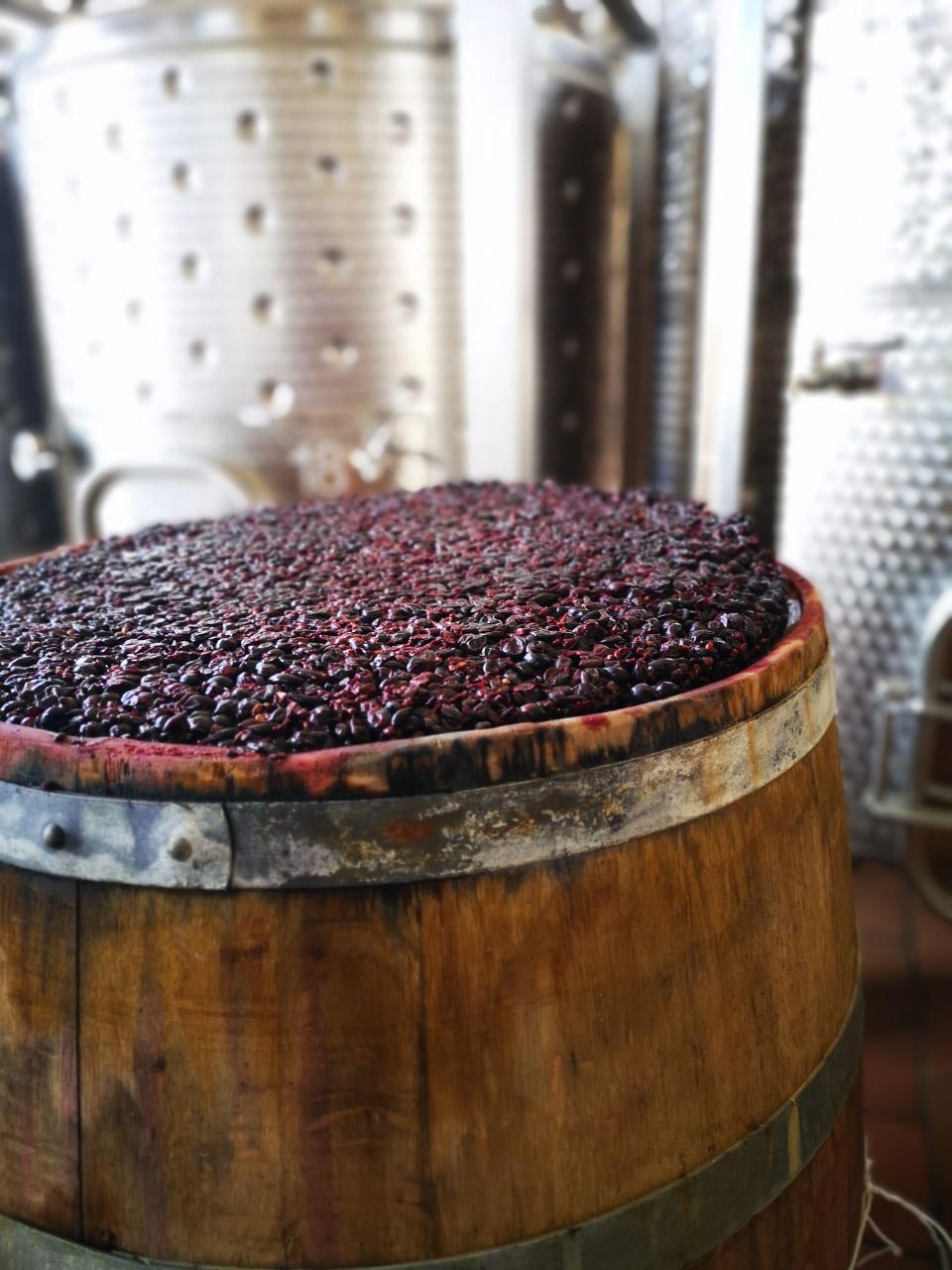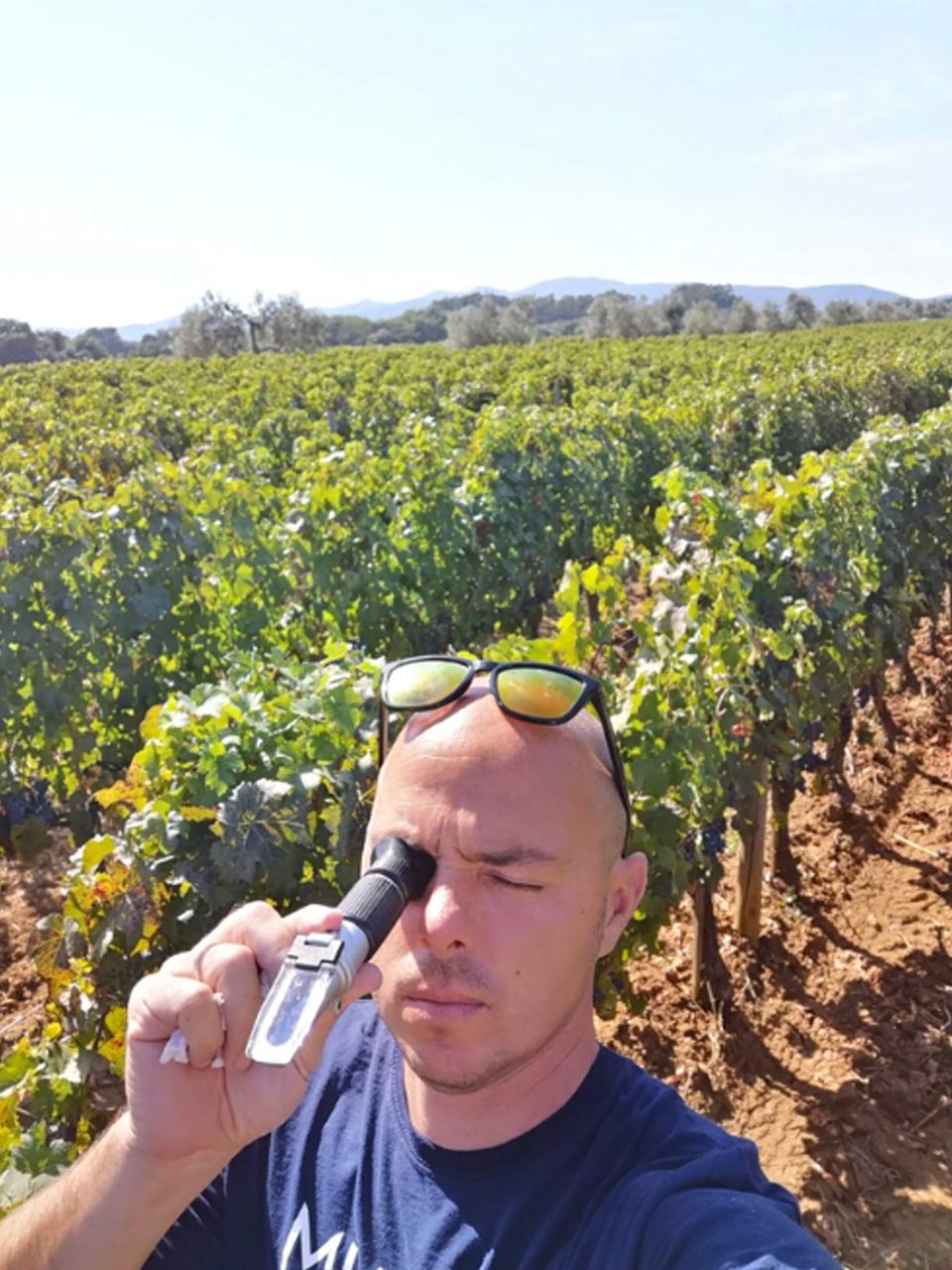The 2019 Harvest: excellent results for Podere Sapaio and for the whole of Tuscany.
Having concluded some days ago, the time has come to take stock of this year’s harvest with a brief report-back from Podere Sapaio winemaker Alessandro Nannelli. If first impressions and predictions are anything to go by, 2019 will be a year to remember.
2019 has proved to be a good year for Tuscan viticulture. What about Podere Sapaio?
The frequent rains that occurred , in both spring and summer , meant that the grapes ripened in a regular way, improving their quality. Harvesting times have shown a complete return to the averages of 15 years ago that is, from mid-September to mid-October.
At Podere Sapaio we started on precisely 5 September, and ended on 8 October. The merlot was the first to be harvested, followed by the Bolgheri and Bibbona vineyards’ cabernet franc and cabernet sauvignon, and lastly the petit verdot. Infine il petit verdot.
Here are some numbers.
Approximately 1700 quintals of grapes were harvested, about 65 per hectare. One need only compare the 2019 bunches with those of the two years ago, based on the same number of bunches per plant, to see that this year’s harvest is heavier. In fact, the rainy summer meant that the vineyard continued to flourish throughout that period, which resulted in parallel bunches being rich in a must with excellent acidity, in addition to the usual excellent phenolic quality. This excellent tannic texture with a higher than usual acidity results in a more elegant, brilliant wine which also lasts longer. Questa ottima trama tannica, con un acidità più elevata rispetto al consueto, conferirà maggior eleganza e brillantezza al vino, che risulterà inoltre più longevo. The result: more grapes and higher quality!
The only difficulties encountered, due to the weather and higher humidity, were outbreaks of fungus in the spring and lepidoptera in the summer, which were kept under control with the usual biological treatments.
Any other important news?
Yes! Despite still being in the development phase, and uncertainty whether the results will be put on the market, we have decided to produce Riesling for the first time this year. We used a small amount of grapes, the equivalent of about 400 bottles, vinified using the traditional “white” method that is, fermenting the must only without maceration of the solid parts of the bunch and “in amphora” with its own skins.
On these premises we can only wait and see, however we’re certain the results will be excellent.
And the Riesling? That’s still a surprise for now!




